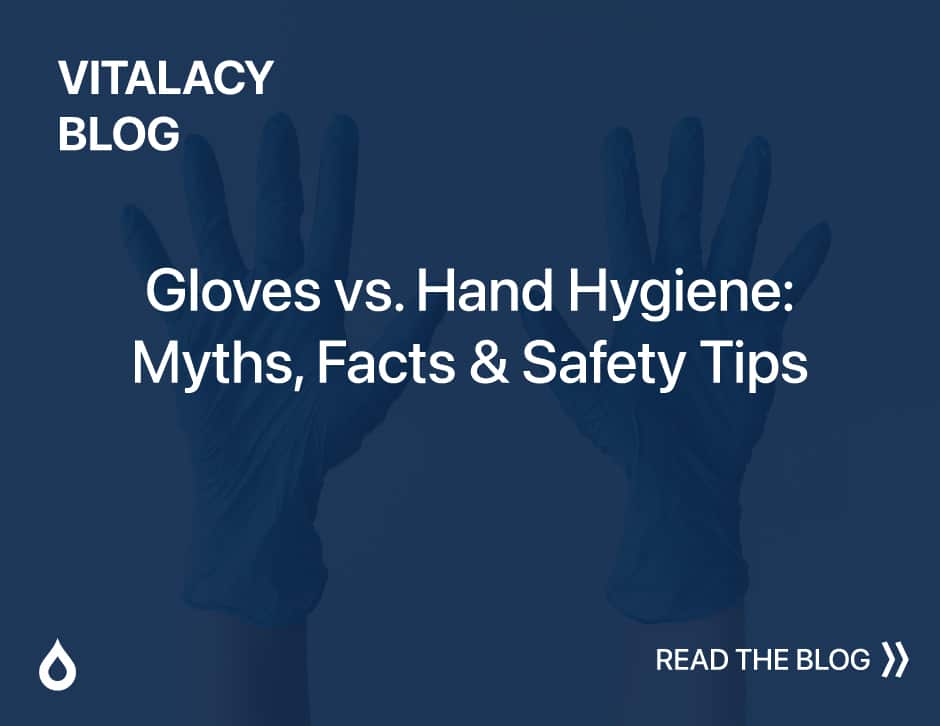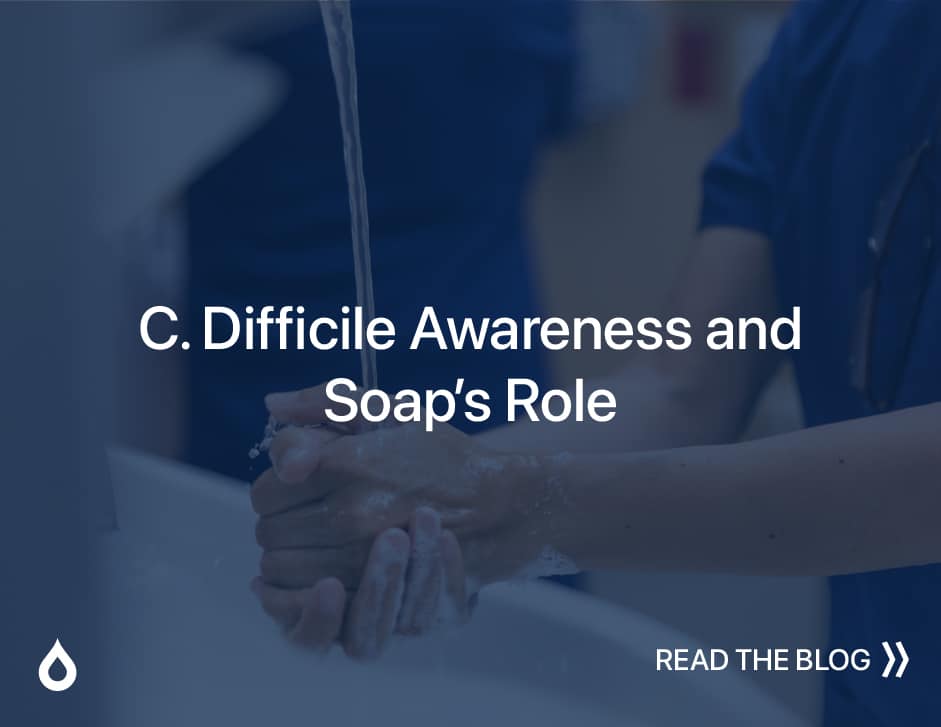In a recent article for Infection Control Today (Aug. 8, 2022), Kevin Kavanaugh, M.D., warns of the triple threat of polio, monkeypox, and COVID variants. He calls upon infection preventionists to encourage the continued adoption of public health strategies. “It is apparent we cannot simply vaccinate our way back to normal,” he writes.
Polio’s reemergence after nearly a decade’s absence and exponential monkeypox infection growth will add to the risks caused by COVID variants. A full infection prevention toolkit will be necessary to fight off these threats, including N95 mask-wearing, physical distancing, hand hygiene compliance, and improved indoor ventilation, in addition to vaccination. Anti-vax sentiment within some quarters of our nation will hinder efforts to stop the spread of all three diseases.
Greater burdens placed on health care systems
The peak of the COVID pandemic significantly strained public health resources and hospital systems. A return of highly lethal pathogens could once again place these organizations under severe duress. Health care workers have paid a heavy price for their dedication during the pandemic, suffering death, illness, and psychological trauma. Hospital systems are only now recovering from the financial losses caused by their inability to provide elective care and by patients choosing to delay care during the pandemic.

A busy Liverpool Street Station in London when life was busy and normal. People going about their daily business without a care in the world. Life as it once was.
The threats caused by these emerging infectious pathogens add additional burdens to public health and hospital systems already fighting the major causes of healthcare-acquired, or nosocomial, infections in hospitals – catheter-associated urinary infections (CAUTI), central line-associated bloodstream infections (CLABSI), surgical site infections (SSI), ventilator-associated pneumonia (VAP), C. difficile infections, and methicillin-resistant staphylococcus aureus (MRSA). Carbapenem-resistant Acinetobacter baumannii (CRAB) also has emerged as a threat within the hospital patient population. Successfully overcoming these risks requires an infection prevention and control culture in hospitals (Nour-Omid, 2022).
Infection preventionists halt potentially deadline CRAB outbreak
During the recent Association for Professionals in Infection Control and Epidemiology (APIC) 2022 Annual Conference, infection preventionists presented on how their detection work and teamwork led to a halt of a potential deadline CRAB outbreak in a Louisiana hospital (Whitacre, 2022).
After identifying CRAB in a cluster of patients admitted to an acute care hospital, the infection preventionists noticed they were admitted from the same ventilator skilled nursing facility. They activated an investigation and found that one patient was admitted to the same room from which a previous patient was discharged. This finding led to various infection control interventions to stop further transmission, including an infection control assessment and rounding, colonization screenings, communication between the skilled nursing facility and the hospital, environmental cleaning, and hand hygiene.
Reducing infections and patient harm in health care
The Centers for Disease Control and Prevention (CDC) recently introduced relaxed guidance for COVID-related testing, distancing, and quarantine (CDC, 2022). This guidance places greater emphasis on personal responsibility for minimizing the risk of COVID to ourselves and others. The CDC urges that precautions remain in place for vulnerable populations and within settings where these populations reside.
While this relaxed guidance can be viewed as progress against a virus that has killed more than a million Americans, the virus remains deadly to many, claiming the lives of 489 Americans on Aug. 15, 2022. As long as infectious disease remains a threat, infection preventionists must continue to advocate for measures to reduce harm and death. Vaccination, mask-wearing, physical distancing, hand hygiene compliance, and infection control rounding will always be necessary in certain times and places, as we face a new world of infection outbreaks within a doubtful population.
Read Vitalacy’s white paper, “Reducing Infections and Patient Harm in Health Care.” Request a demo of our Automated Hand Hygiene Monitoring Solution and Automated Nurse Rounding Monitoring Solution.
References
Centers for Disease Control and Prevention. Press release. CDC streamlines COVID-19 guidance to help the public better protect themselves and understand their risk, Aug. 11, 2022
Kavanaugh K. A call for action: the triple threat of polio, monkeypox and SARS-CoV-2. Infection Control Today, Aug. 8, 2022.
Nour-Omid J. Healthcare-acquired COVID infections signal a need for IPC culture in hospitals. Vitalacy Blog. Feb. 1, 2022. Updated July 29, 2022.
Whitacre TL. Infection preventionists’ detective work stopped an outbreak of CRAB. Infection Control Today, Aug. 9, 2022.
Author
-

Health tech executive with 15 years of healthcare and medical devices experience. Specializes in product launches from concept and market research to CE and FDA approval to commercial strategy and business development. Manages delivery and service of Vitalacy’s Hand Hygiene Monitoring Solution. BS in Biological Sciences from the University of California, Santa Barbara.
View all posts VP of Operations




